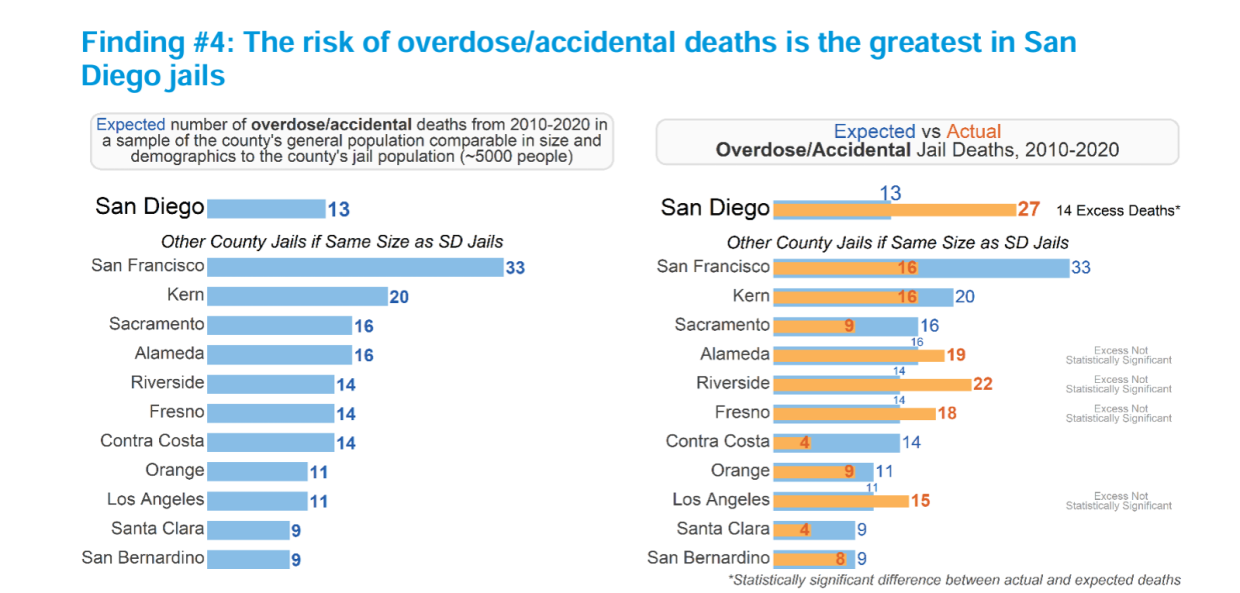San Diego Sheriff Kelly Martinez recently rejected the recommendation of the Citizens’ Law Enforcement Review Board (CLERB) to body scan all employees entering detention facilities. On Wednesday, the board voted to resubmit it.
They first recommended the policy change two years ago, in efforts to help prevent drug smuggling by staff and lower overdose deaths of people in custody.
At the time, Interim Sheriff Anthony Ray rejected the policy recommendation, saying frequent body scanning posed a health risk and would hurt staff morale. He also said there was no evidence staff were smuggling drugs in.
CLERB executive officer Paul Parker questioned that response.
“There's no data if you're not going to look for the data,” he said.
Parker — a former police officer — also questioned the morale reasoning.
“Police officers don't want to work with dirty police officers,” he said. “They want the drugs not to be brought into the facility.”
And if they’re concerned about excessive radiation from frequent scanning, Parker suggested making it random.
Other jurisdictions across the country have already adopted similar body scanning policies, including Arizona’s Maricopa County.
San Diego County already body scans non-staff entering detention facilities.
CLERB resubmitted the policy recommendation last year, hoping the new sheriff would view it favorably.
When Martinez rejected the recommendation in November, she listed things they have done to reduce overdose deaths, including “significant drug seizures” and providing overdose reversing medication not just to staff but directly to people in custody.
“For security reasons, we cannot publicly speak about all our security practices; however, they are extensive and are showing results,” a spokesperson said.
Suspected overdoses in San Diego County detention facilities were cut down last year, from 202 to 146, according to county records.
CLERB says even one is too many.
A 2022 report found that the risk of overdose and accidental deaths was highest in San Diego jails of all the state’s similar-sized county jails — more than double what would be statistically expected.

Martinez’s office didn’t give a specific reason for the denial of the policy recommendation, even when KPBS asked.
“What would you be afraid of?” Parker said. “If you could save a life and perhaps weed out employees who shouldn’t be there, that’s a win-win.”
The county hasn’t given CLERB power to do anything beyond making recommendations.
At this week’s meeting, advocates and family members of people who have died in custody gave nearly two hours of public comment.
Among them was Sundee Weddle, who pleaded to the board to keep pushing Martinez to adopt the policy.
“I will always wonder where the drugs came from, how the drugs got into the jail,” she said. “I believe that someone working on the fourth floor the morning of July 20, 2021 knows.”
Her son, Saxon Fredrick Rodriguez, died of an overdose in the San Diego Central Jail.
CLERB voted to resend the request now, and every time another person dies of suspected overdose in the detention facilities.





